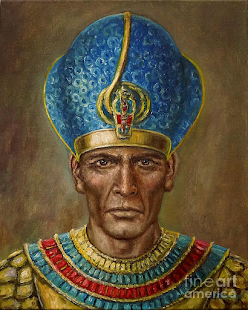Where is the Land of Punt? Unveiling the Ancient Mystery

Introduction The ancient world is filled with captivating mysteries, and one such enigma is the location of the Land of Punt. Referred to in numerous ancient Egyptian texts, this fabled land was known for its abundance of exotic goods and valuable resources. Scholars and historians have long debated the exact location of Punt, with theories ranging from the coast of East Africa to the Arabian Peninsula. In this article, we will embark on a journey to unravel this ancient mystery, exploring the historical context, possible trade routes, and the significance of Punt in ancient Egypt. Ancient Egypt's Fascination with Punt The Land of Punt held significant importance in the ancient Egyptian civilization, with evidence of trade and diplomatic relations dating back to the reign of Pharaohs. Queen Hatshepsut, one of Egypt's most influential rulers, embarked on a famous expedition to Punt during the 15th century BCE, leaving behind detailed inscriptions that shed light on the...









